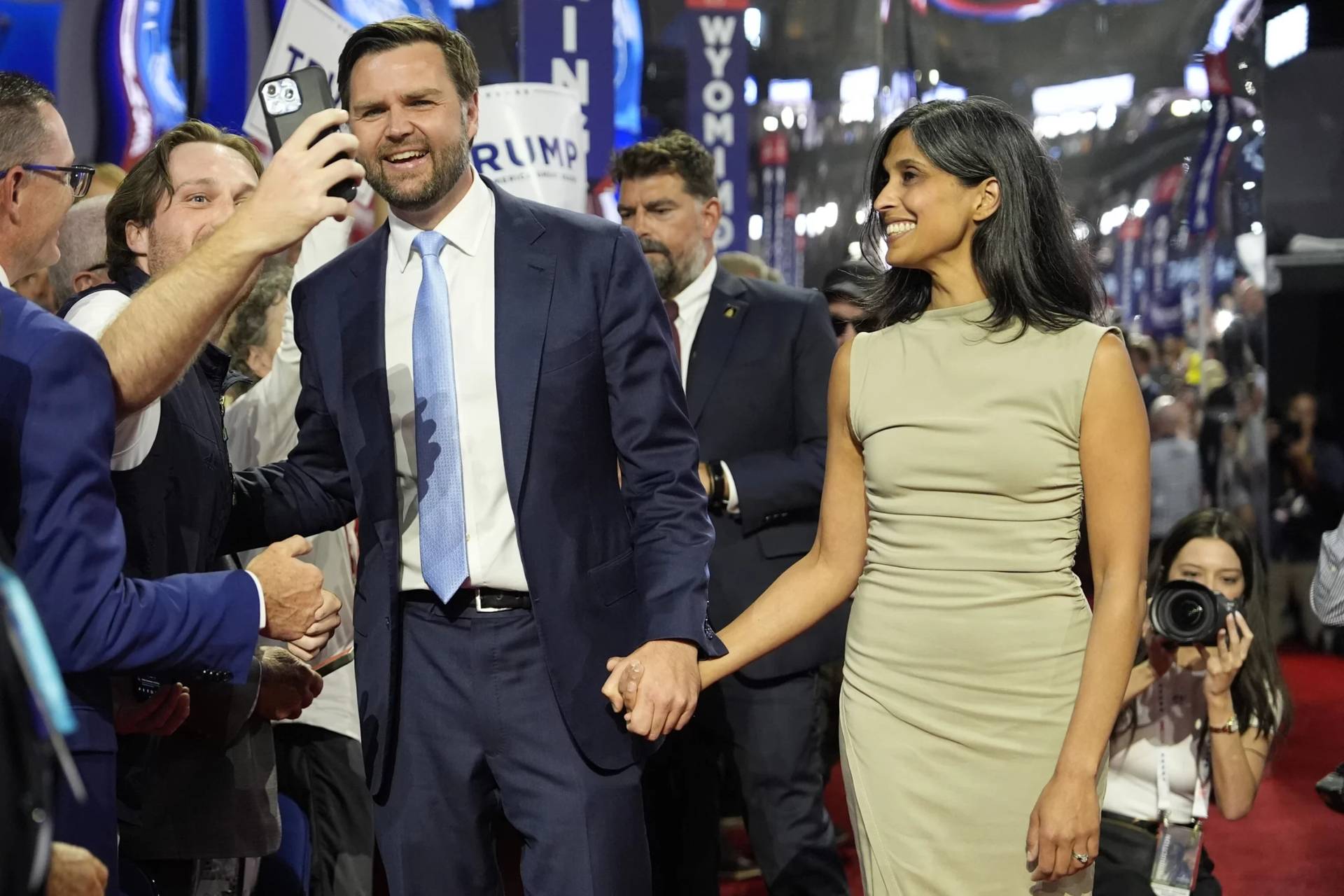OXFORD – Religion has ever less influence in European public life, and the dominant ideology of equality is chasing religion from the public square even faster than church congregations are shrinking.
Overall, there’s a good deal of truth to that picture, but it’s also too simplistic. Faith flowers in surprising corners in high public places and the secularist-egalitarian advance is frequently bogged down.
And then there are rare moments when even the reverse seems true: when the state turns to religion for help or support, much to the disgust of humanists and rationalists.
One such moment happened at the end of last week. Concealed within an address by Britain’s new prime minister, Theresa May, announcing one of the most radical shake-ups in public education in decades, was a message to the Catholic Church in particular that the government would like to see it creating and running more taxpayer-funded schools.
Her speech — setting out part of an agenda rethink aimed at the Brexit-voting white working-class — made clear that May wants Britain to be a world leader in meritocracy, where the disadvantaged can pull themselves up through intelligence and hard work. As a first step, she said, her government wanted to increase the number of good schools and allow them to select the brightest regardless of background.
That meant, she said, removing the obstacles to more publicly-funded faith schools, most of which are set up and run by the Church of England and the Catholic Church, but which also include Jewish, Muslim and Hindu schools. Currently faith schools make up a third of all mainstream schools in England.
The prime minister pointed out that these schools are both popular with parents and consistently rated as good or outstanding, yet face obstacles to their expansion. Catholic schools in particular, she said, are discouraged from expanding because of the requirement that they take at least half of their pupils from non-Catholic backgrounds.
Her government, she said, will seek to lift that requirement, allowing Catholic schools to determine how many Catholic students they wish to take.
When the British state created universal education in the 1940s, the Catholic Church — which was already a major player in education, often building schools before parishes — struck a partnership deal with the government. Under the 1944 Butler Act, Catholic schools became voluntary-aided, that is, part of the state system of education, but retained the freedom to run themselves according to their principles.
The same applied to Church of England schools, but there was a difference. While Church of England schools were open to anyone, Catholic schools were designed primarily to educate baptized Catholics.
Since then, there have been many changes to the education system, but the Catholic Church-English state partnership — unique in Europe — has endured.
Where Catholic schools have more places than Catholic students to fill them, they have been happy to take non-Catholics; and because the schools have a strong ethos, community spirit, and good academic results, they have proved popular with British people generally, to the point where many Catholic school places are many times oversubscribed.
The Church, in fact, has become the main player in faith-based education, responsible for two-thirds of all the faith-based secondary schools in England — that’s over 2,000 schools educating some 800,000 students.
The Catholics can give their children a good, free education in schools imbued with Catholic values, while non-Catholic students who go there benefit from the same. The state benefits because the Church usually owns the land and buildings which would otherwise need to be publicly funded, while the Church has an outreach into the community that is popular and admired.
Yet their very success has made Catholic schools a political hot potato. Parents whose children are turned away because they are not Catholic accuse the schools of discriminating, while a noisy secularist lobby continually accuse the government of publicly funding religious segregation.
(The charges are unfair, because on average a third of students at state-funded Catholic schools are non-Catholic, but try telling that to an indignant parent whose child has been turned away.)
The Darwinian struggle over Catholic school places means the Church is vulnerable to the accusation that it is imposing social selection under the guise of religious selection. The Church responds with statistics showing its schools are more diverse — ethnically and socially — than the average, and that Catholic parents, as taxpayers, have a right to decide to send their children to a school that reflects their ethos. But it remains politically sensitive.
The obvious solution, of course, is to build more Catholic schools to meet the demand. But when David Cameron’s Conservative government (at that time in coalition with the Liberal-democrats) in 2011 made it far easier for civil society bodies to set up so-called “free schools,” it bowed to political pressure in insisting that half of the intake of oversubscribed new faith schools should be of different faiths or none. The idea was to prevent, especially, Muslim schools becoming religious and social ghettoes.
But the cap acted as a veto on new Catholic schools, because the Church insists — with good reason — that its schools must have a majority Catholic intake (typically 70-75 per cent) in order to preserve the very ethos that makes them attractive.
If, as May intends, that cap is lifted, she knows that will mean a considerable expansion of Catholic schools. In effect, the prime minister is entrusting to the care of the Catholic Church a potentially unlimited share of publicly-funded education of the next generation of English people.
For an officially Anglican country where religious unbelief is the norm, that’s not a small thing.
And when the historians come to write the story of European secularization in the early twenty-first century, the case of Catholic schools in England might just give them pause.


















